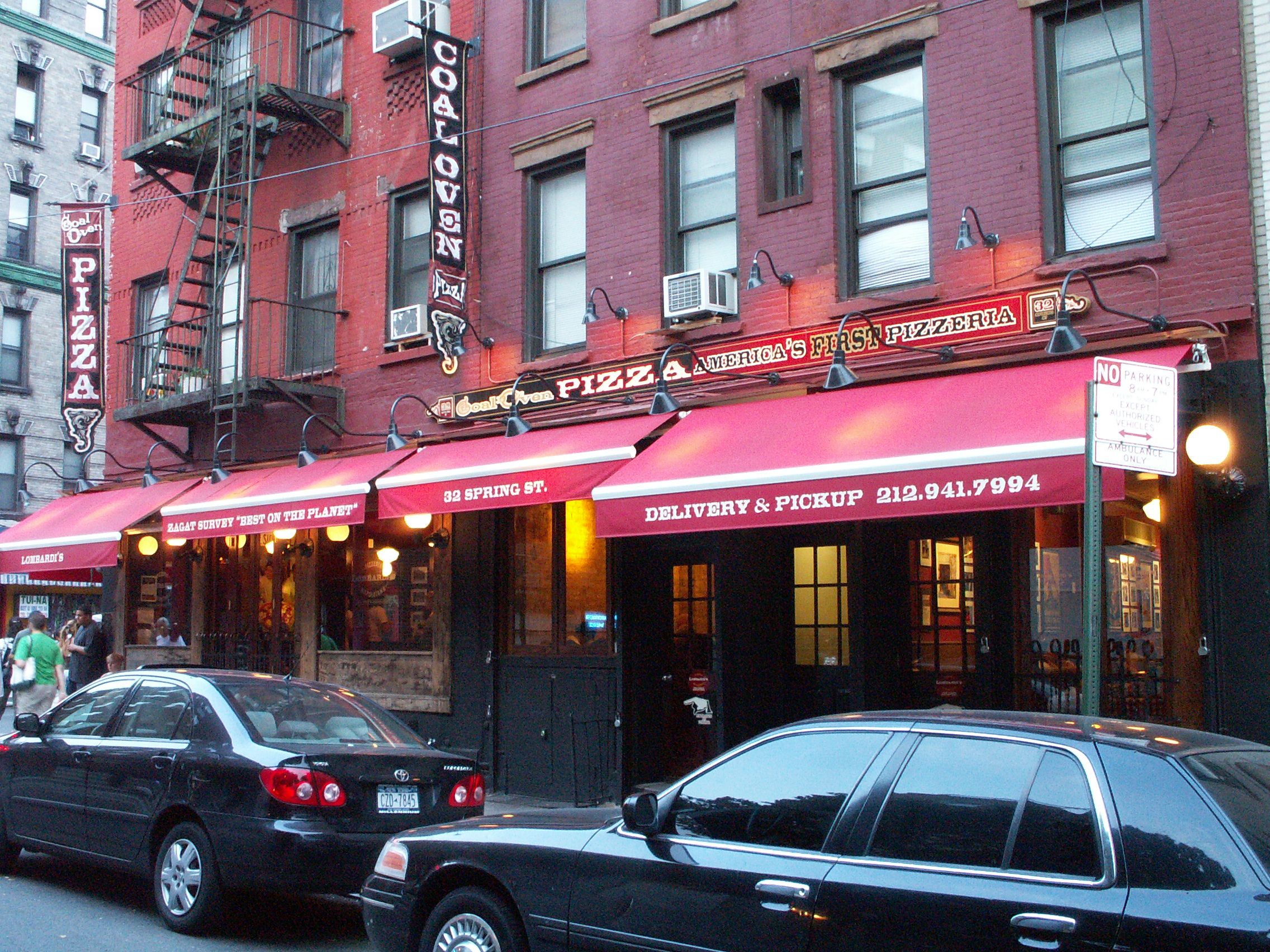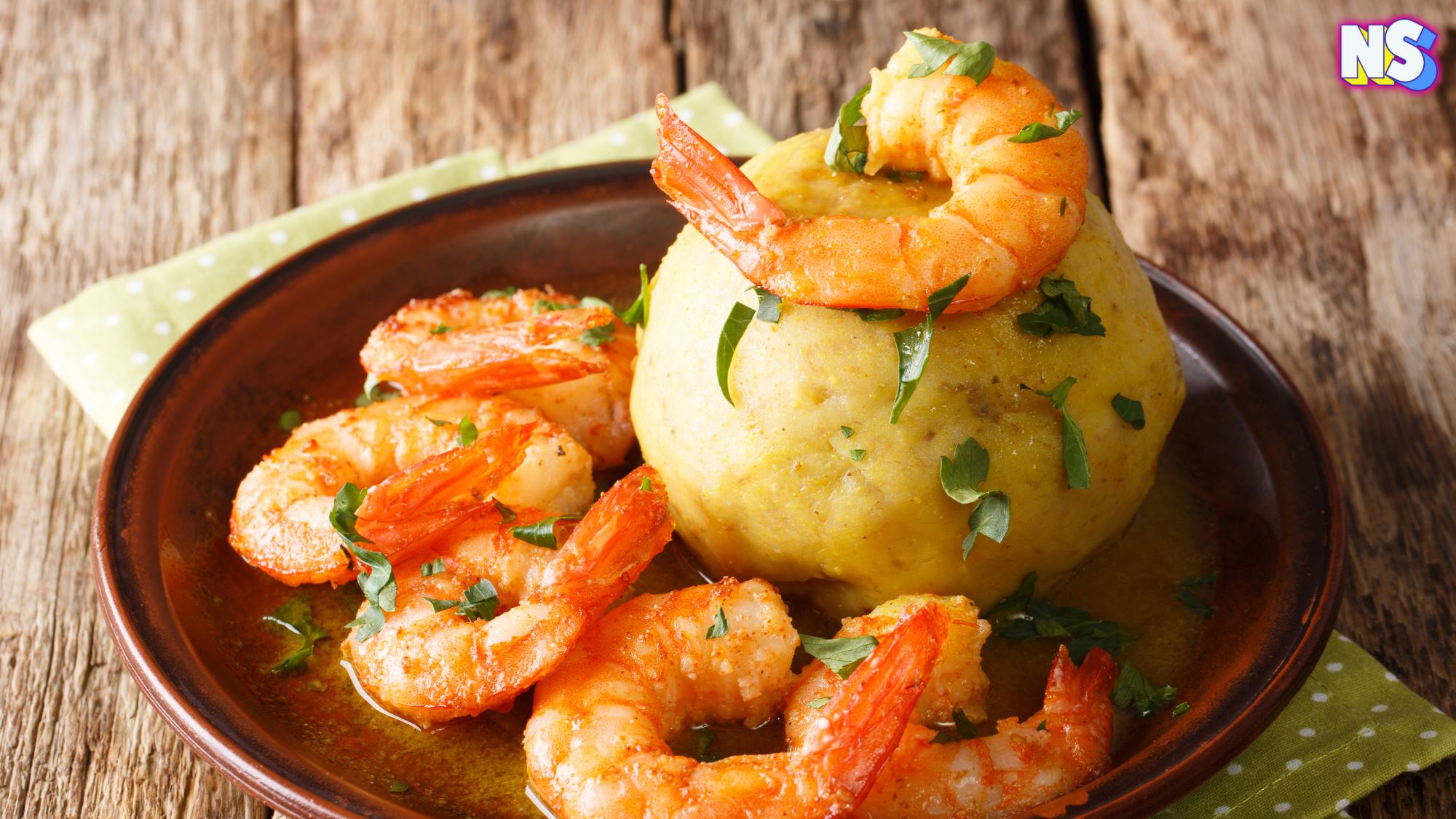When it comes to the origin of pizza, the debate isn’t just about dough and toppings. It’s a historic culinary quest with many tantalizing twists.
“When I tell people that Valencia invented pizza, they don’t believe me. Well, boom! This is the proof,” World-renowned Michelin Star Chef José Andrés declares on his CNN special series “José Andrés and Family in Spain.”
Is he right?
“Valencians believe that coca was invented first, and influenced the Italian pizza,” he says.
Andrés’ declarations about the pizza’s birthplace naturally sparks curiosity and controversy, igniting a journey into the labyrinthine past of one of the world’s most beloved dishes.
Before we look into the origins of pizza, one other question comes to mind.
What exactly is a Spanish coca?
Coca: The Spanish Pizza
“Coca” from Valencia, Spain refers to a traditional pastry or flatbread that’s native to the region. It’s a versatile dish that can be sweet or savory, resembling a pizza in its flat form but with a distinct Spanish touch.
The dough is typically thin and crispy, topped with various ingredients like vegetables, meats, seafood, or fruits depending on the type of coca being made.
Sweet versions might include toppings like candied fruits, nuts, or sugar, while savory varieties often feature ingredients such as tomatoes, peppers, onions, and sometimes anchovies or sausage.
“In the past, in Spanish and French Catalonia, these cocas corresponded to a religious festival: the Coca of San Juan,” the French magazine Keldelice writes.
And each coca was made differently, depending on the occasion.
These days, coca is still a treat during festivals and celebrations in Valencia, appreciated for its delicious flavors and cultural significance in the region’s culinary heritage.
“There is hardly a celebration that goes by in Catalonia which does not have its own special coca for the occasion,” the CultureTrip travel blog explains. “Whether it’s Christmas, Midsummer or Easter, the festivity would not be complete without the presence of the relevant coca on the family dining table.”
The Tale of Pizza’s Origins
The word “pizza” – which literally means pie – started appearing in Italy around 1000 A.D.
But neither the Italians, nor the Spanish, are credited with inventing the original pizza pie. That would be the Egyptians, who created seasoned flatbread in celebration of the Pharaohs, according to some historians, including our friends at the Discovery Channel.
From Africa to Europe, the tasty treat got around.
“There were many pizza precursors throughout the Mediterranean,” Epicurious says. “The ancient Greeks enjoyed various flatbreads going back thousands of years.”
By the 16th century, various pizza-like, bread-with-oil-and-spices flatbreads existed, “Like the Spanish cocas, the Greek flatbreads, and the Italian focaccia,” the YouTube educational video “The History of Pizza,” by Draw My Life en Espanol, explains.
This is where modern pizza’s true origin story begins.
“Focaccia is one of the most direct ancestors of pizza – a tasty flatbread the Romans called panis focacius,” Epicurious explains.
In the 1800s, pizza still lacked all of the toppings we’ve come to expect, like cheese, sauce, or pepperoni. Made up of bread and oil, the pizza was just food for the poor.
Legend has it that pizza maker Raffaele Esposito changed pizza the day he was asked to bake one for Italy’s royalty visiting Naples, namely Queen Margherita.
This led him to create the margarita pizza, a tasty patriotic pizza with ingredients (basil, tomato and mozzarella) matching the colors of the Italian flag. “And, because of this moment, Esposito is credited by many with being the father of all modern pizza,” Epicurious says.
When Italian immigrants arrived in the United States, they brought their pizza with them. And the first pizzeria in the U.S. is G. Lombardi’s, in Manhattan, New York City, opened in 1905.
Lombardi’s, known as “America’s First Pizzeria,” is located in its original location on 32 Spring Street, New York City.
Modern Coca to Pizza: Unraveling the Toppings Debate
Today, there are over 2,000 pizzerias in New York City alone, according to PBS.
“The pizza has evolved to hundreds of styles over the generations – from New York, to Chicago Deep Dish, the brick oven grilled thin crust stuffed and Roman to microwave,” the History of Stuff boasts.
Like pizza, coca remains both a popular street food and a gourmet restaurant menu item, though coca has not gained pizza’s popularity outside of Valencia.
There are other differences as well.
“Of course, while pizza adds cheese to its tomato base, coca doesn’t,” Andrés explains, still arguing that coca is the original pizza.
Cheese does not necessarily make a pizza, well, a pizza, he says. “Why to waste a good piece of cheese in the oven getting the cheese hot?” the chef asks. “You want cheese? You eat cheese. You want coca? You eat coca.”
There it is. The great pizza debate is once again rooted where it should be: in the toppings.
Here, Andrés argues that Spanish coca wins, and is better than an Italian pizza.
“Who needs cheese on coca? Nobody!” Andrés declares.





